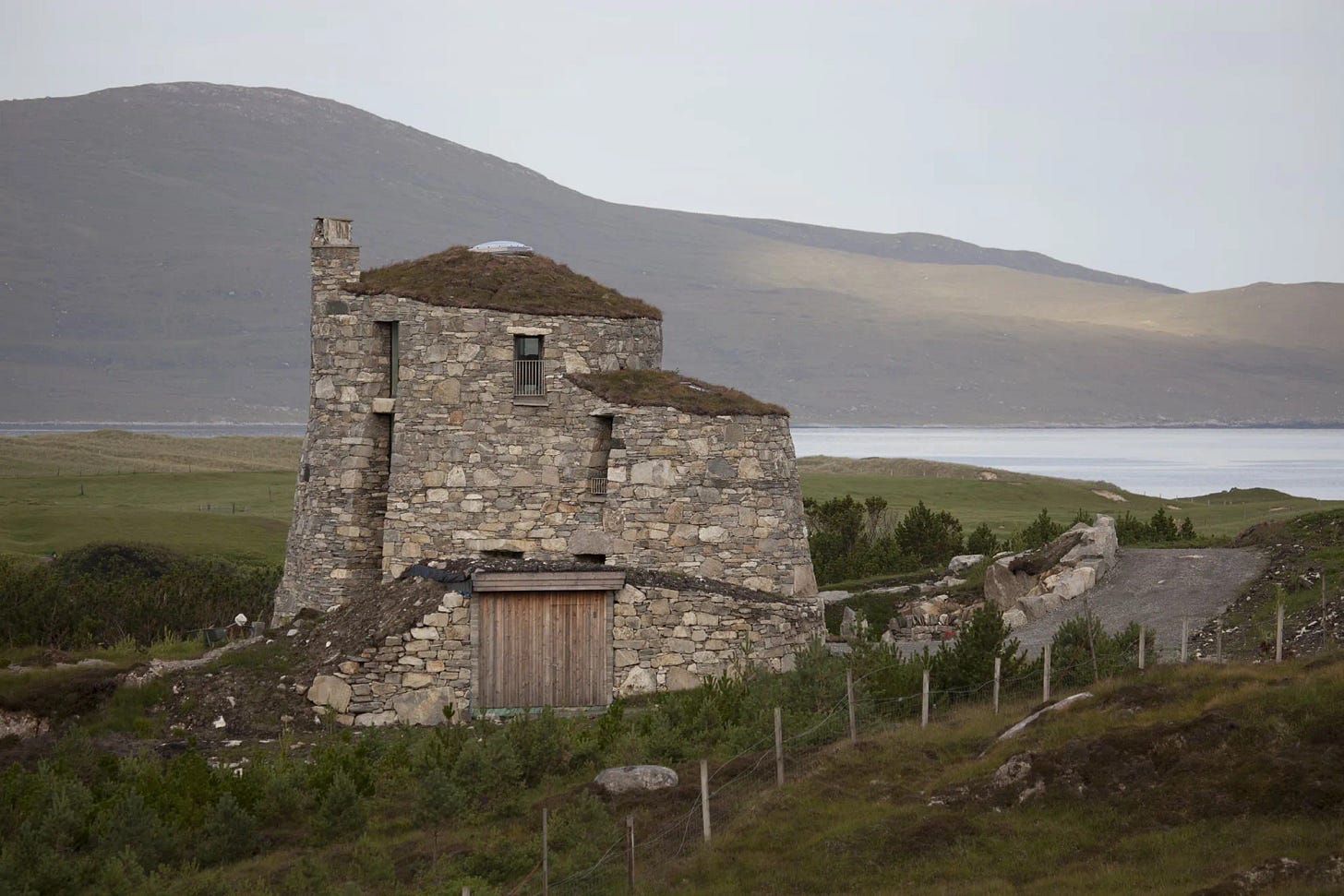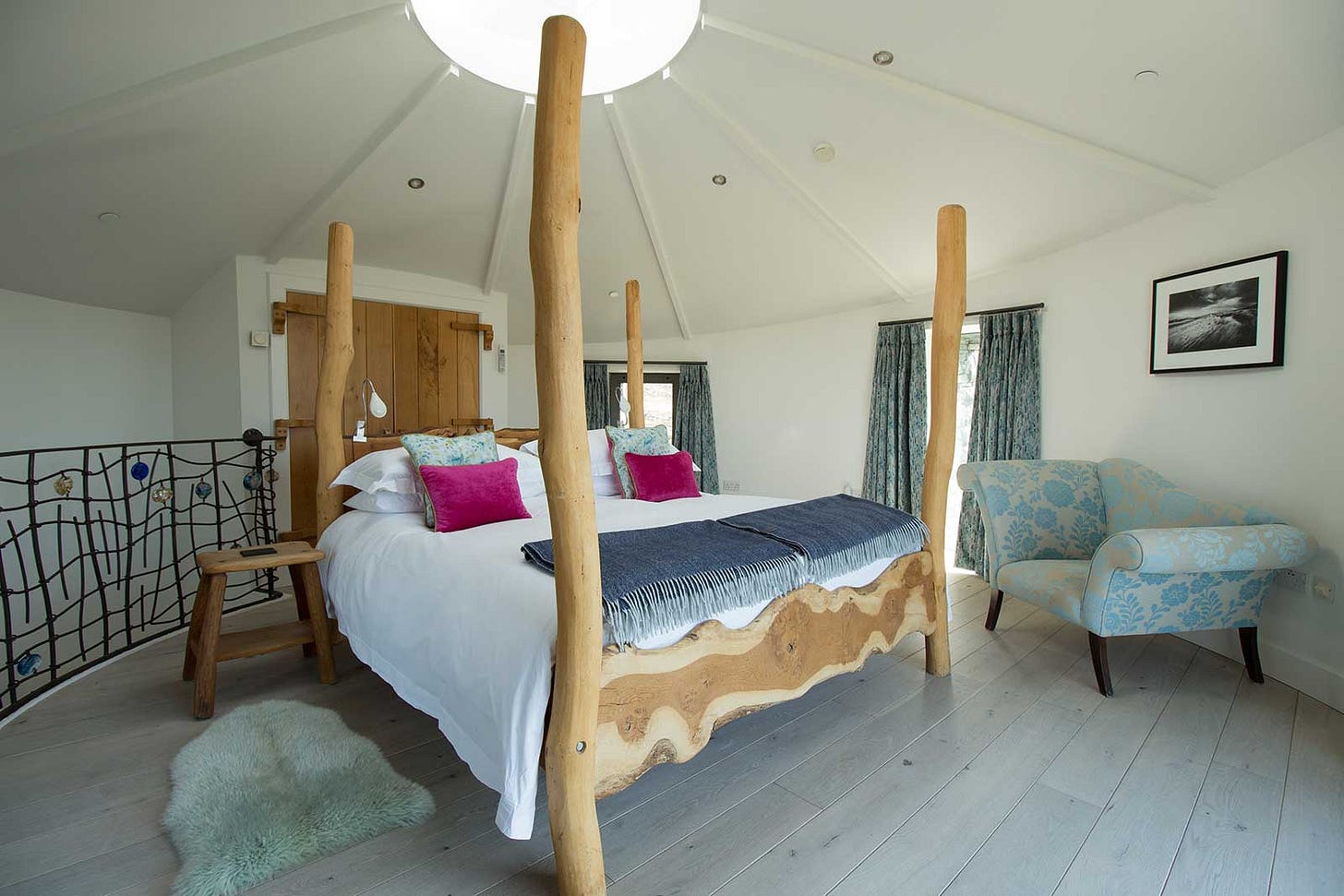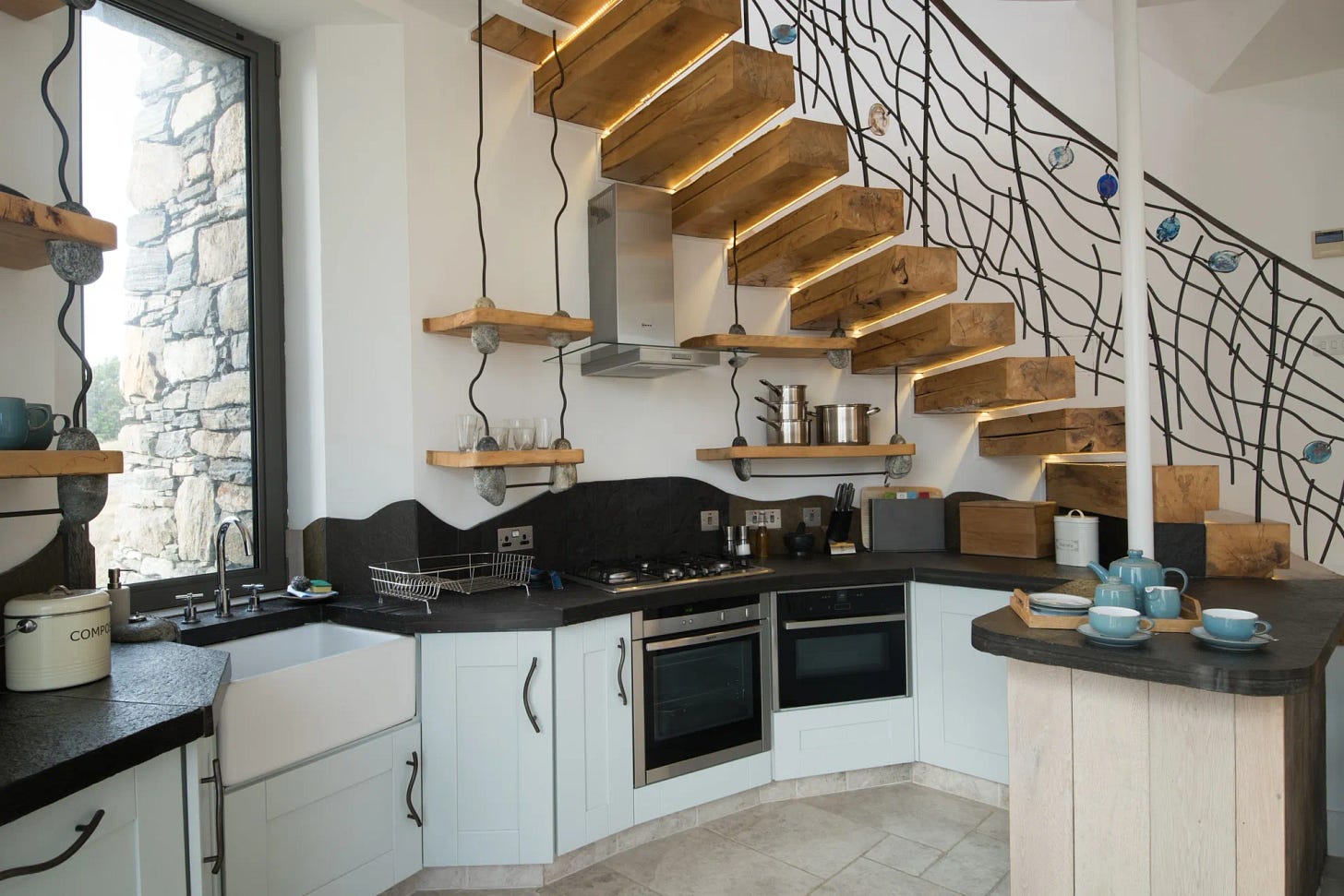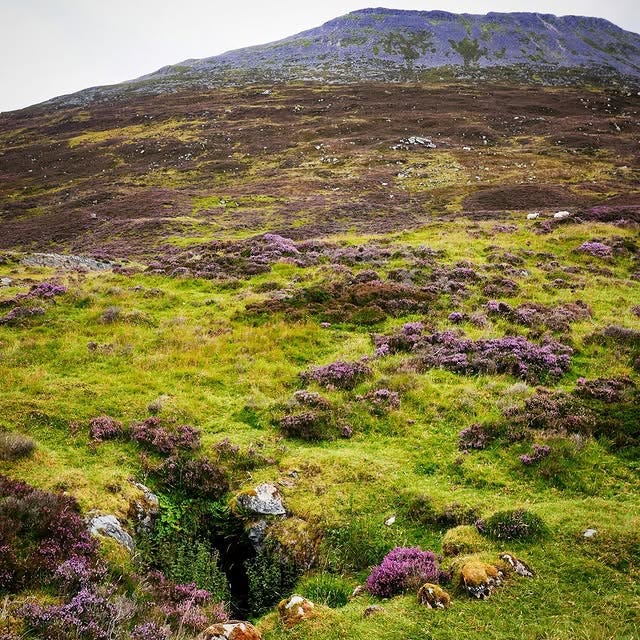Midsummer rituals, mirrie dancers and map stalking
a newsletter from Scotland for the creative and curious wanderer
stay in a broch
Harris, Outer Hebrides
There is a plentiful amount of Iron Age broch ruins dotted around Scotland. They are round, tall tower-like structures assembled using stone. Although the word broch means fort, it is believed these structures were ancient homes. Now there is a chance to stay in a modern day purpose-built broch at Borve Lodge Estate.
Situated on the estate,this one-bedroom self-catering gem sits next to the island of Taransay - Britain’s largest uninhabited island - and available for guests at the broch to visit. You might remember Taransay as the filming location of BBC TV Show Castaway 2000
search old placenames in Scotland
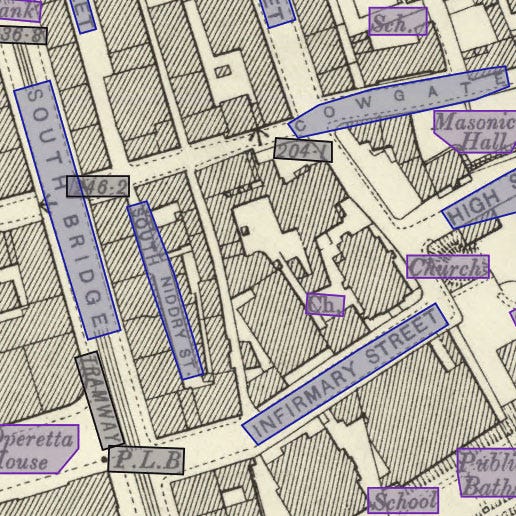

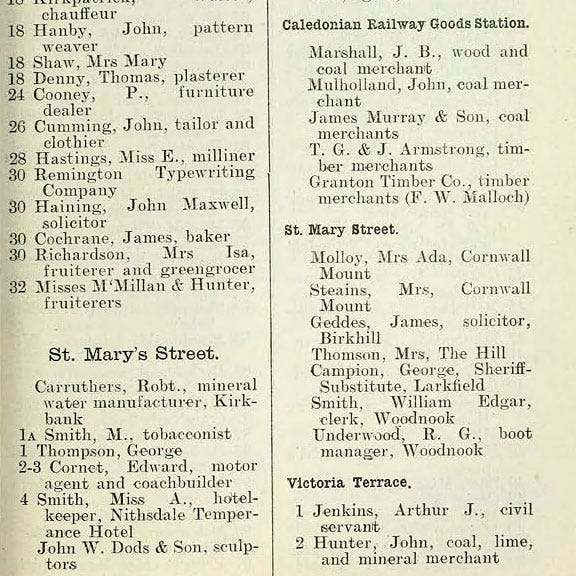
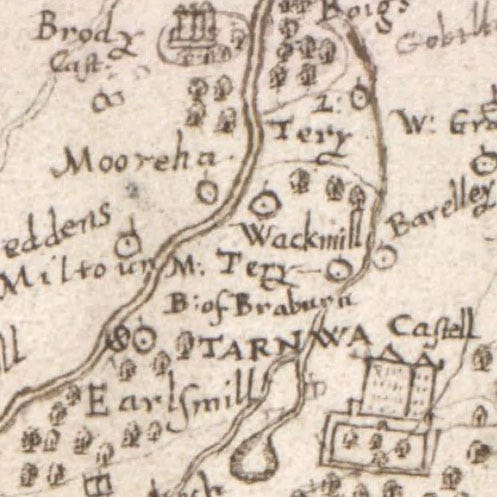
Are you researching your family tree or looking further into your Scottish ancestry? Take a deep dive into the online map archive and gazetteers at the National Library of Scotland which you can now search by placenames. Warning: you could get wonderfully lost for hours.
chase the Northern Lights
Liverpool, Faroe Isles, Shetland, Norway
16 - 25th October 2025
Aurora Borealis, Northern Lights, Mirrie Dancers, many people who come to Scotland believe the lights will come and find them, but in reality it’s you that has to chase the lights and be prepared for futility, human. You can go on a Chasing The Northern Lights cruise with aurora-watcher and photographer Wil, who has designed the cruise for optimal possibilities to catch the light show. This photographer has seen the lights over 300 times and has created an aurora-watch alert system. He knows what he’s doing. There is one Scottish stopover in Shetland (Lerwick). There will be photography workshops and astrophysicists on hand. This cruise is specifically timed to also catch the Orionids meteor shower.
chase Midsummer around Scotland
The ancient tradition of using fire, frolics and feasting to ritualise the celebration of the seasonal cycles also takes place around Midsummer. Fire typically symbolises a turning point in the year. At Midsummer, we mark nature’s wheel turning the long light days (eventually) back to shorter days and long, dark nights. Midsummer fire ritual in Scotland has its roots in Norse and Celtic culture festivals.
The fire ritual is thought to have blessed nature and specifically crops and livestock. Circling the fire in a sun-wise direction and also jumping the fire, encouraged crops to grow to the size of the highest jumper. This would have been a blend of ritual and celebration. Animal bones were thrown into the bonfire and birch branches hung over thresholds. Heather torches lit from the bonfire would also be paraded around the crops and livestock of each homestead. The bonfire would burn until only embers remain which would then be stamped out in the early hours of next day - the ashes considered lucky. Up all night to bring in the mid-year similar to a bringing in of the new year.
Such traditions were adopted, and “de-paganised” by the Christian calendar marking the symbolic birthday of St John the Baptist (also called St John’s Eve and Johnsmas) 23rd - 24th of June.
Walter Scott wrote a Borders ballad about St John's Eve in 1799, set in medieval Scotland. The ballad refers to the superstition that the apparitions of those who will die that year will be seen walking into the churchyard grounds at midnight.
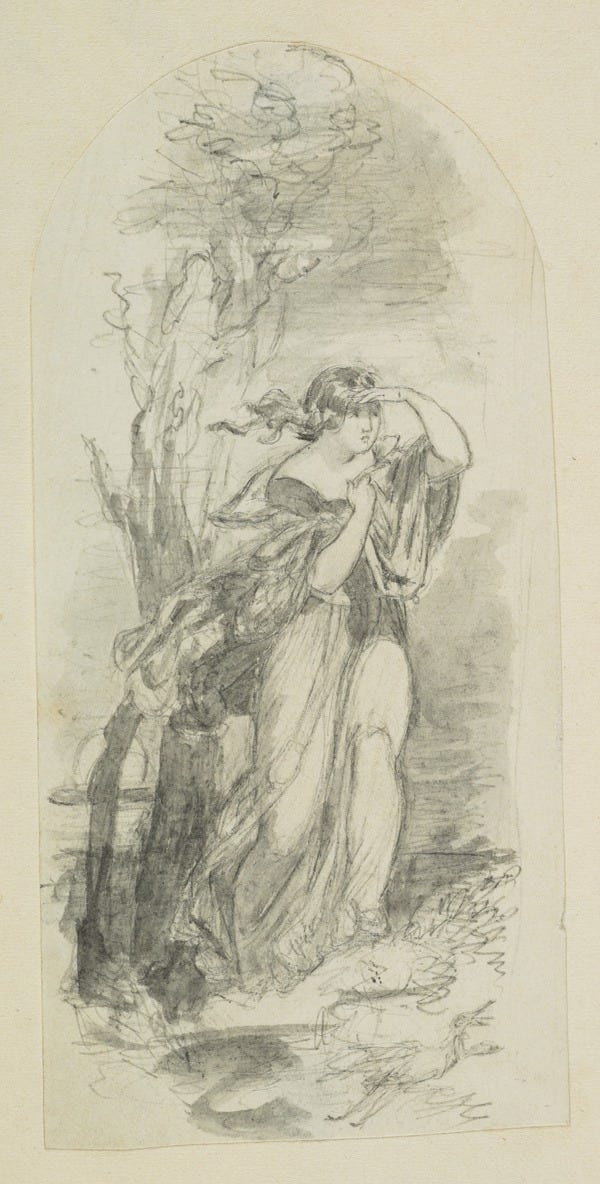
In the lowlands, there is also a tradition that still exists in the Common Ridings, a sacred parade that walked the boundary paths of each community to ensure the physical and spiritual strength of each village. Some festivals and traditions still remain around this time of year, including climbing hills, lighting fires and night vigils at ancient sites and stone circles. Here’s a few suggestions for brining in the summer solstice:
Crawick Multiverse, Dumfries & Galloway
Historic Scotland ancient sites
Schiehallion Fairy Hill, Aberdeenshire - aka the entrance to the otherworld 😉
That’s all for this week,
from Scotland, with love.



